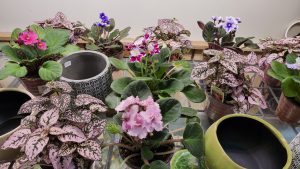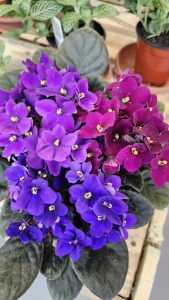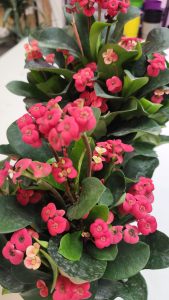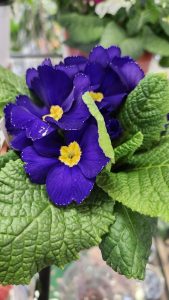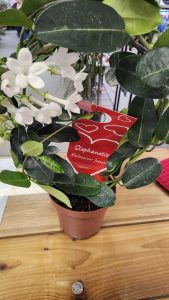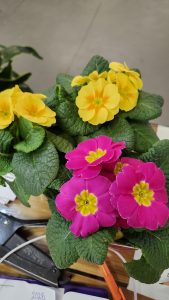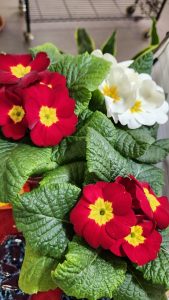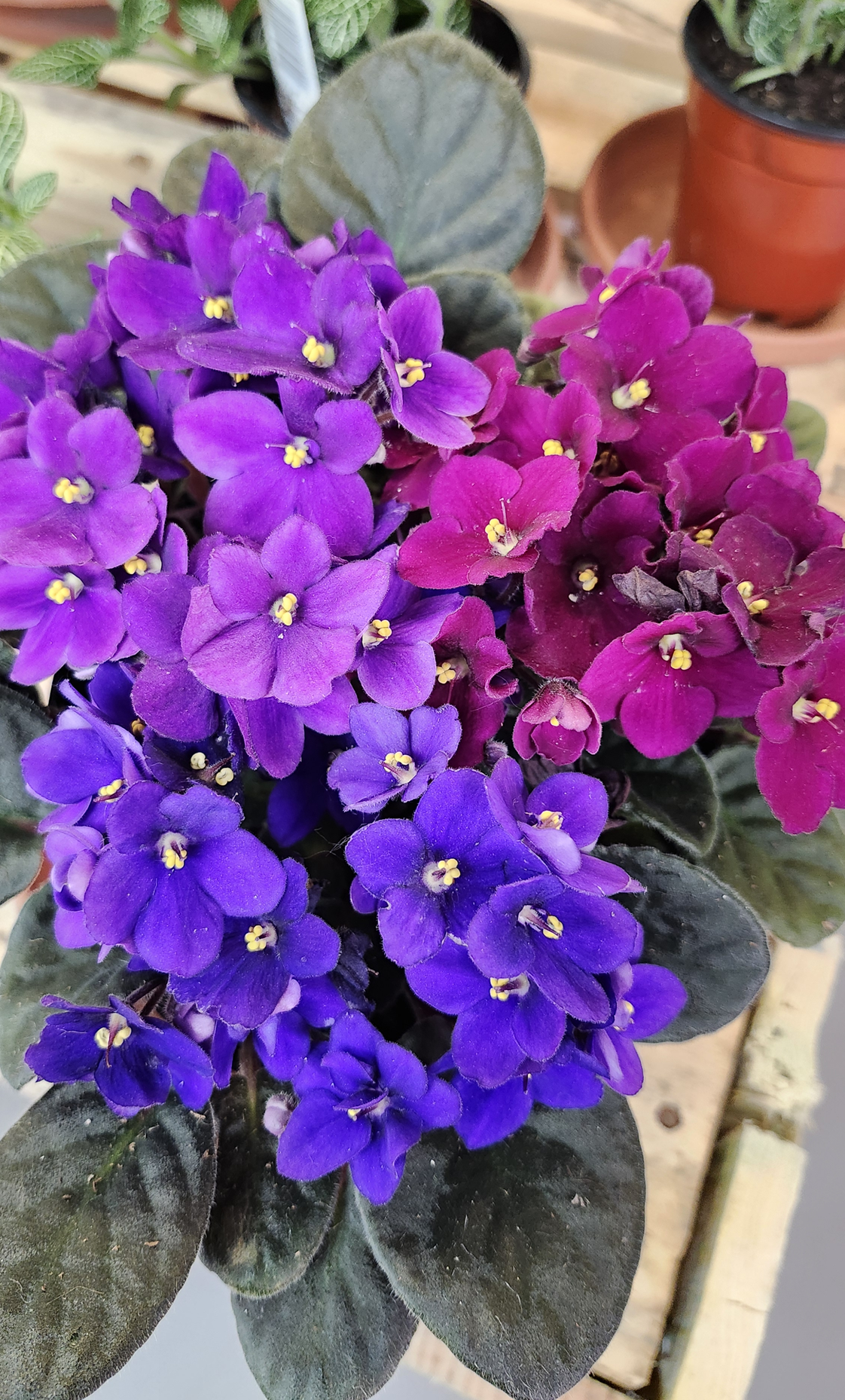
Blooming
Blooming houseplants are the ultimate way to brighten up your space with color, fragrance, and a touch of nature’s beauty. They offer a mix of easy-to-care-for plants that reward you with lovely, vibrant flowers throughout the year.
Watering Tips
Many blooming plants like to stay moist, but be careful not to overwater. Overwatering can cause root rot, especially in African violets or begonias. Allow the top of the soil to dry before watering again. Orchids and peace
lilies do better with slightly drier periods between waterings.
light requirements
Most blooming plants need bright, indirect light to produce the best blooms. Too little light, and you might not see flowers or they’ll be sparse. Some flowering plants like orchids and African violets can tolerate lower light
but still need a bit of brightness to thrive.
Tips & tricks
Most flowering plants prefer moderate temperatures (60–75°F). Avoid placing them in cold drafts or near heat sources. Higher humidity is beneficial for many flowering plants (like orchids and peace lilies), but others, like
Kalanchoe, are more tolerant of drier air.
info
Many blooming houseplants are non-toxic to pets and humans, but there are still some that are toxic, so it’s important to be aware. Here’s a breakdown of whether some common blooming houseplants are safe or harmful to pets and humans:
Non-Toxic Blooming Houseplants (Generally Safe)
- African Violet (Saintpaulia) – Non-toxic to pets and humans.
- Peace Lily (Spathiphyllum) – While mildly toxic to pets, it’s not fatal. Causes irritation if ingested. Safe for humans, but caution is advised.
- Begonias – Most are non-toxic to pets and humans, but some species (like Begonia rex) may cause irritation if ingested.
- Jasmine (Jasminum polyanthum) – Generally non-toxic to pets and humans, though some species can be irritating if ingested.
- Kalanchoe – Non-toxic to humans but toxic to pets, particularly cats and dogs, causing vomiting, diarrhea, and lethargy if ingested.
- Christmas Cactus (Schlumbergera) – Non-toxic to both pets and humans.
Toxic Blooming Houseplants (Harmful to Pets and Humans)
- Orchids (e.g., Phalaenopsis, Cattleya ) – Generally non-toxic to pets and humans.
- Bromeliads – Non-toxic to humans but can be toxic to pets if ingested, especially to dogs and cats. Symptoms include drooling or mild stomach upset.
- Geraniums (Pelargonium) – Toxic to pets (especially cats and dogs) and can cause mild digestive upset or dermatitis. Safe for humans but should be avoided by curious pets.
- Azalea (if you happen to have one) – Highly toxic to both pets and humans, causing severe digestive upset and potential heart problems.
If you have pets, always research the toxicity of any plant before bringing it into your home. Even non-toxic plants can cause discomfort or mild irritation if ingested, so it’s good to be cautious.

